GIVE NOW before 2025 ends—your gift will be doubled to help children in need. Click here to 2x your impact!

Ranked nationally in pediatric care.
Arkansas Children's provides right-sized care for your child. U.S. News & World Report has ranked Arkansas Children's in seven specialties for 2025-2026.

It's easier than ever to sign up for MyChart.
Sign up online to quickly and easily manage your child's medical information and connect with us whenever you need.
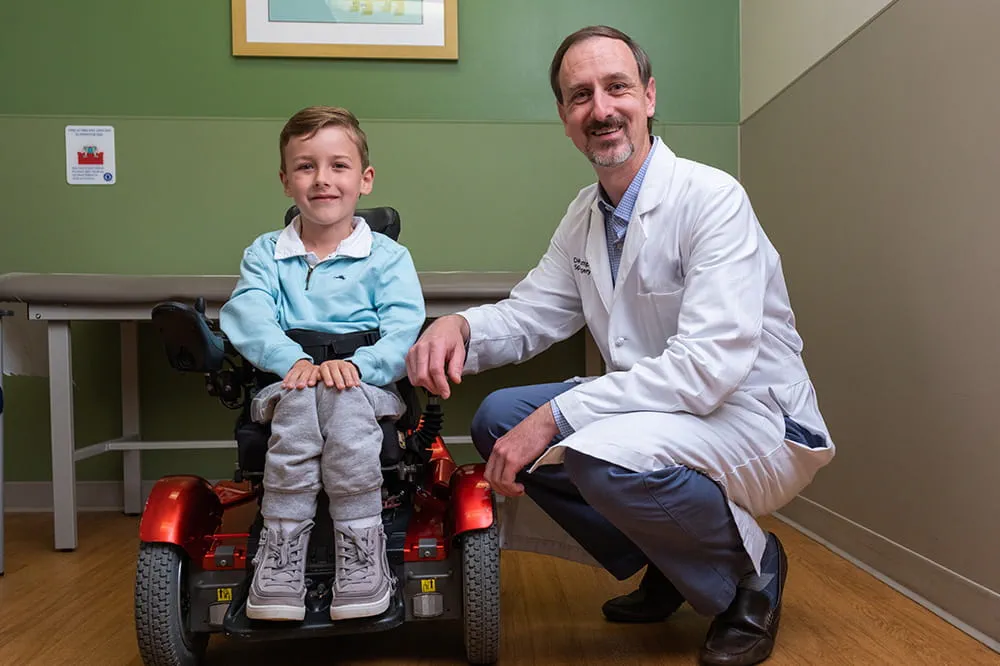
We're focused on improving child health through exceptional patient care, groundbreaking research, continuing education, and outreach and prevention.
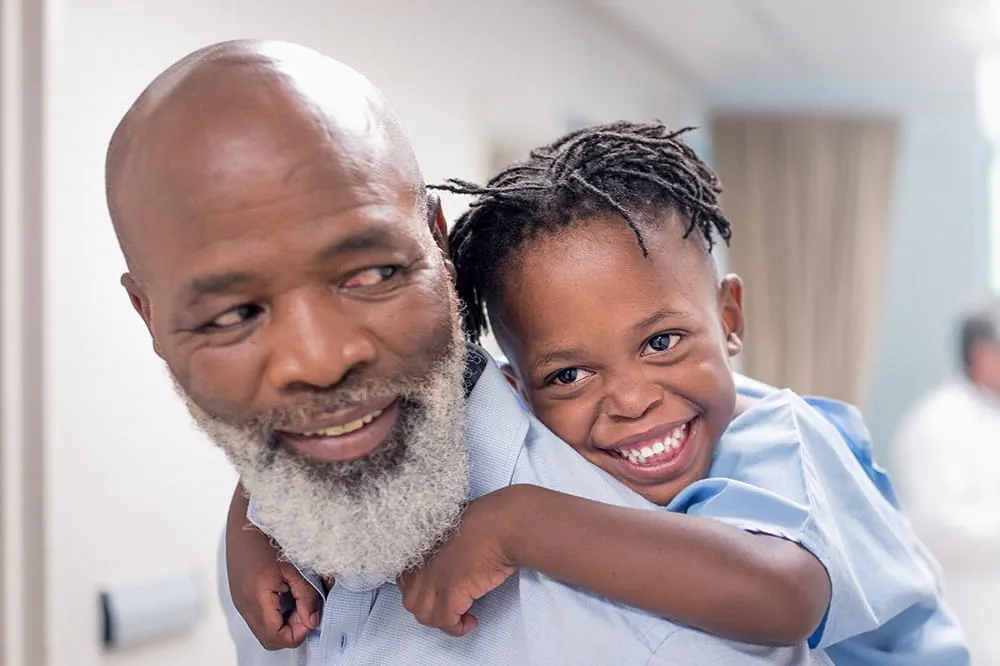
When it comes to your child, every emergency is a big deal.
Our ERs are staffed 24/7 with doctors, nurses and staff who know kids best – all trained to deliver right-sized care for your child in a safe environment.

Arkansas Children's provides right-sized care for your child. U.S. News & World Report has ranked Arkansas Children's in seven specialties for 2025-2026.

Looking for resources for your family?
Find health tips, patient stories, and news you can use to champion children.

Support from the comfort of your home.
Our flu resources and education information help parents and families provide effective care at home.

Children are at the center of everything we do.
We are dedicated to caring for children, allowing us to uniquely shape the landscape of pediatric care in Arkansas.
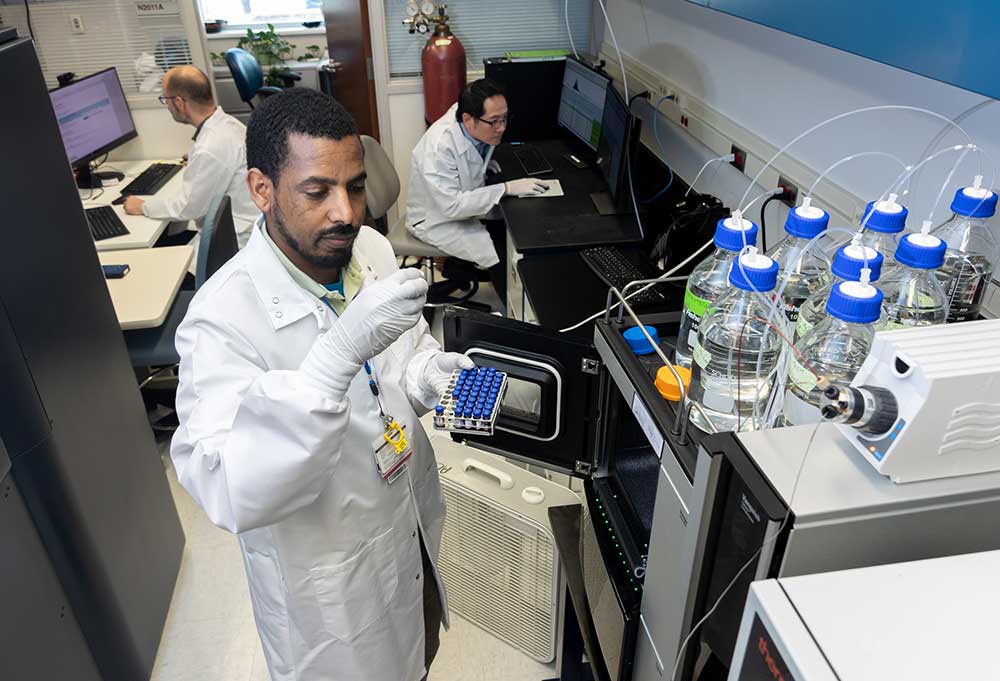
Transforming discovery to care.
Our researchers are driven by their limitless curiosity to discover new and better ways to make these children better today and healthier tomorrow.

We're focused on improving child health through exceptional patient care, groundbreaking research, continuing education, and outreach and prevention.
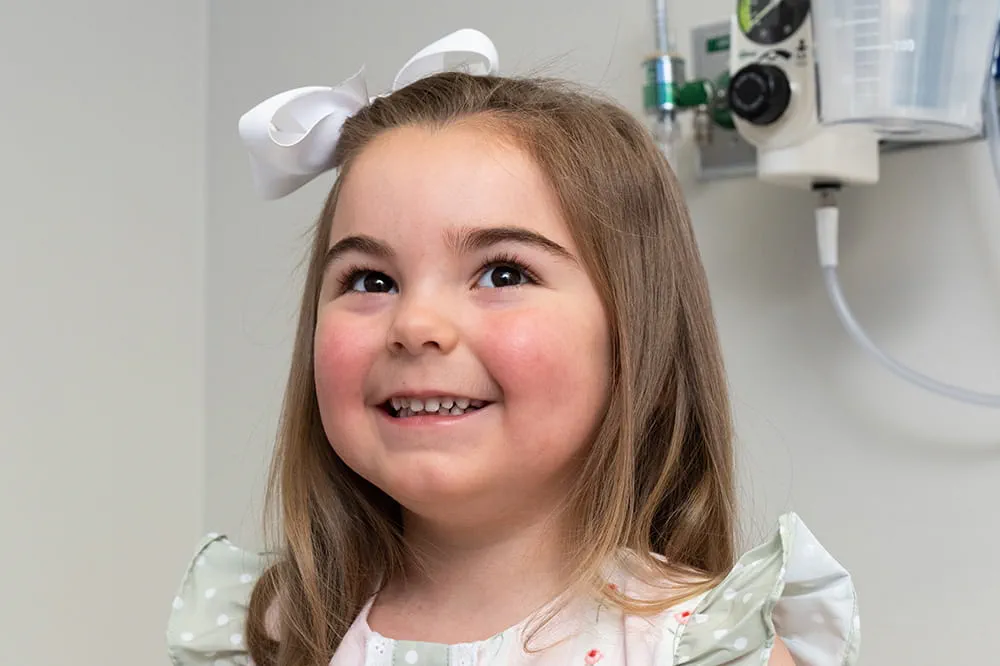
Then we're looking for you! Work at a place where you can change lives...including your own.
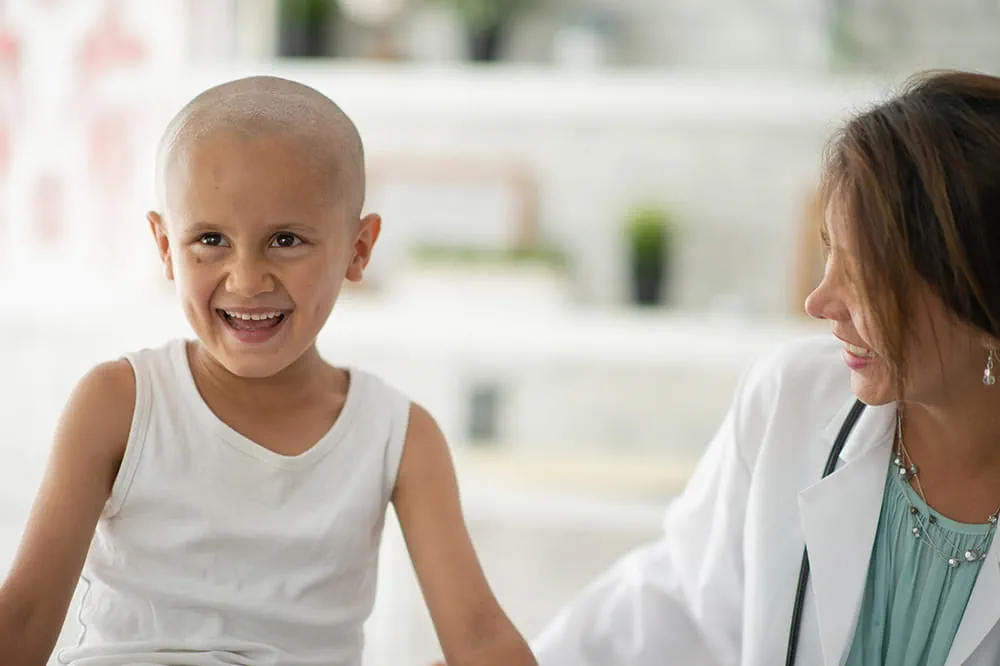
When you give to Arkansas Children's, you help deliver on our promise of a better today and a healthier tomorrow for the children of Arkansas and beyond
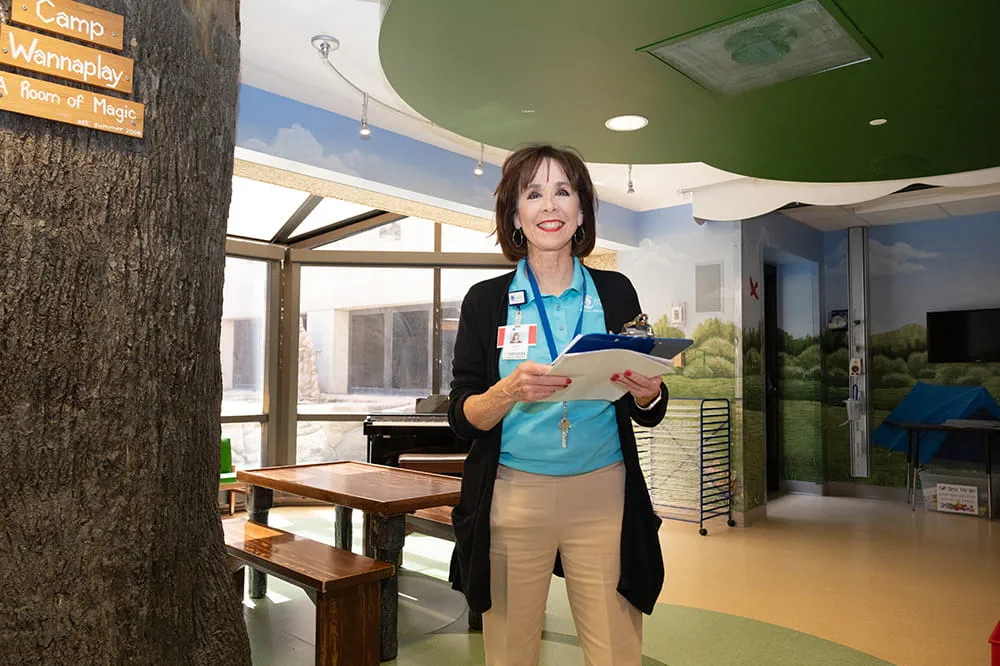
Become a volunteer at Arkansas Children's.
The gift of time is one of the most precious gifts you can give. You can make a difference in the life of a sick child.

Join our Grassroots Organization
Support and participate in this advocacy effort on behalf of Arkansas’ youth and our organization.

Learn How We Transform Discovery to Care
Scientific discoveries lead us to new and better ways to care for children.

Learn How We Transform Discovery to Care
Scientific discoveries lead us to new and better ways to care for children.

Learn How We Transform Discovery to Care
Scientific discoveries lead us to new and better ways to care for children.

Learn How We Transform Discovery to Care
Scientific discoveries lead us to new and better ways to care for children.

Learn How We Transform Discovery to Care
Scientific discoveries lead us to new and better ways to care for children.

Learn How We Transform Discovery to Care
Scientific discoveries lead us to new and better ways to care for children.
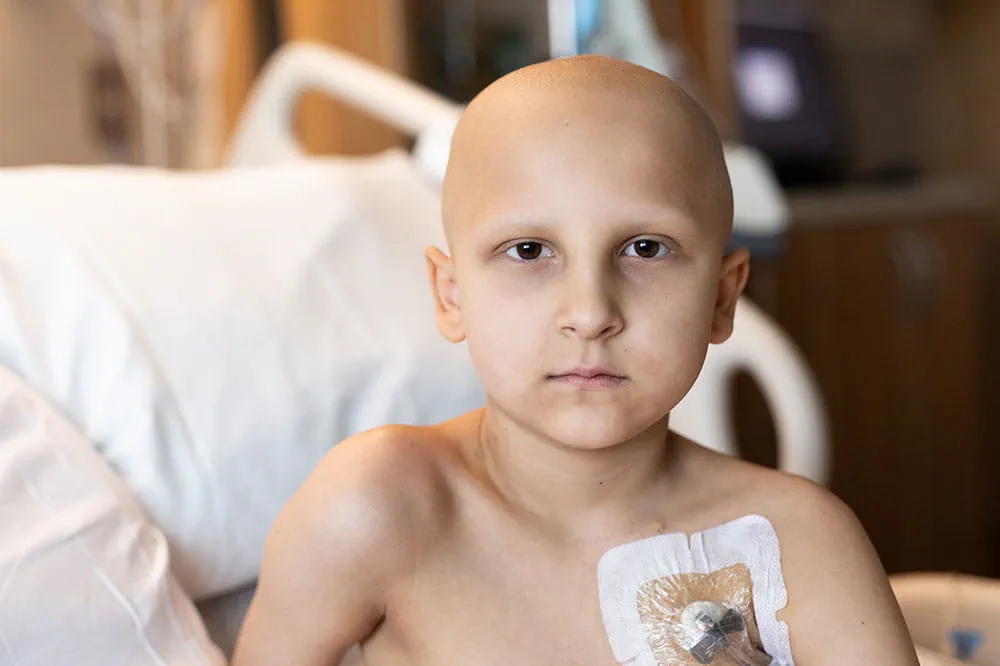
When you give to Arkansas Children’s, you help deliver on our promise of a better today and a healthier tomorrow for the children of Arkansas and beyond.
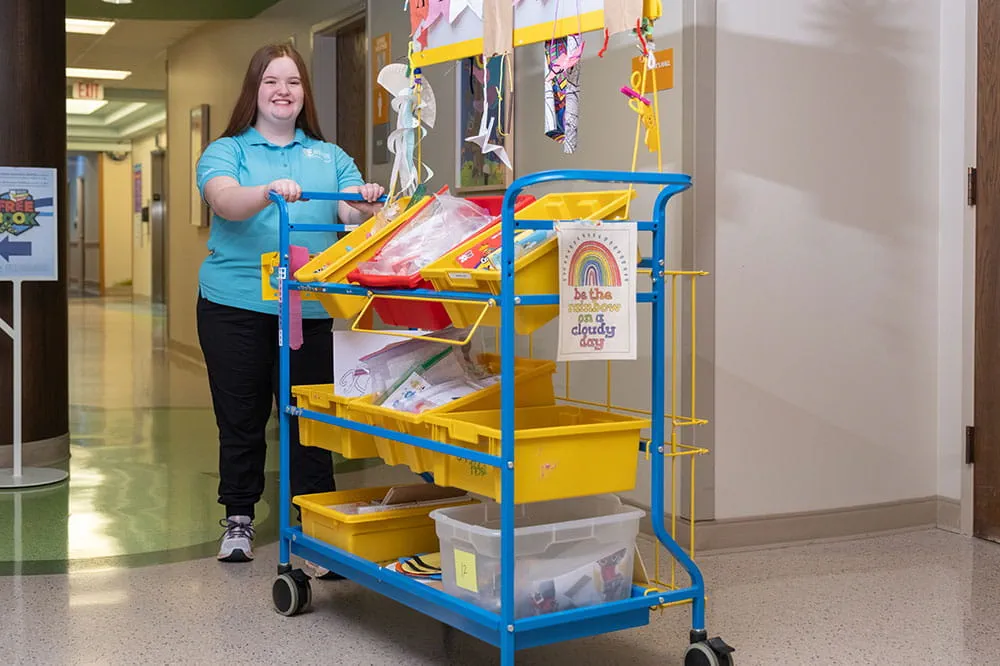
Your volunteer efforts are very important to Arkansas Children's. Consider additional ways to help our patients and families.
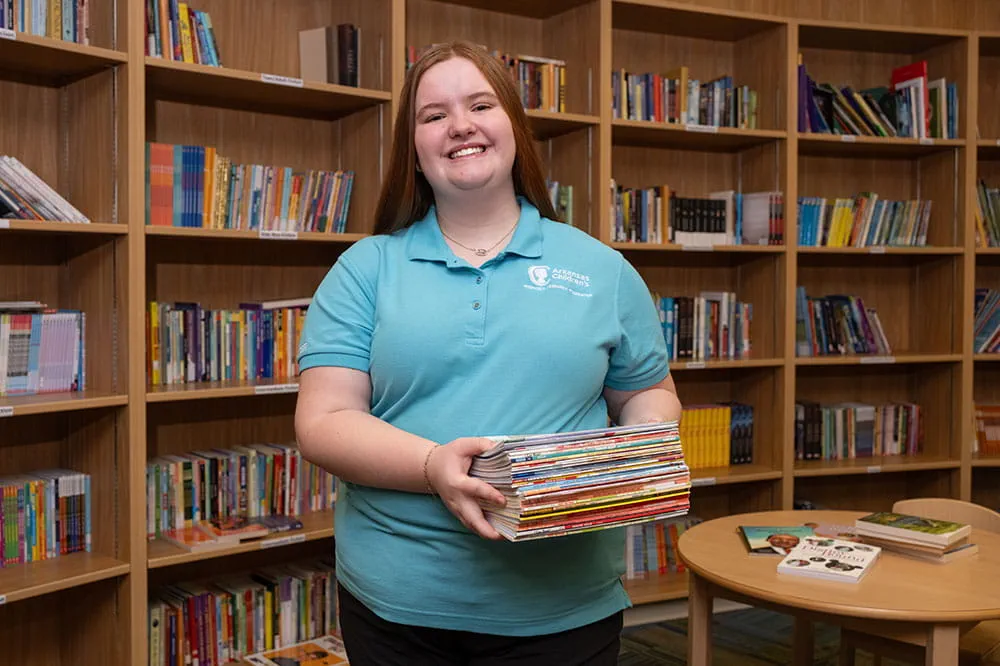
Join one of our volunteer groups.
There are many ways to get involved to champion children statewide.

Make a positive impact on children through philanthropy.
The generosity of our supporters allows Arkansas Children's to deliver on our promise of making children better today and a healthier tomorrow.
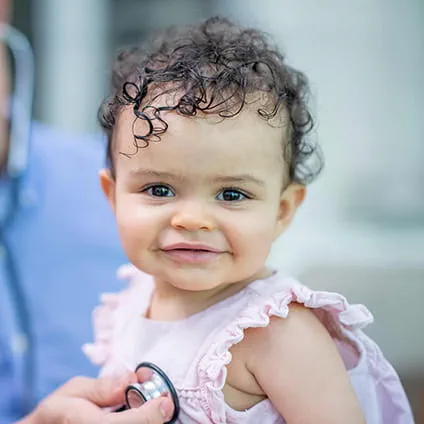
Read and watch heart-warming, inspirational stories from the patients of Arkansas Children’s.

Hello.

Arkansas Children's Hospital
General Information 501-364-1100
Arkansas Children's Northwest
General Information 479-725-6800


Behind the Scenes of Pediatric Preparedness: a Day in the Life of a Simulation Manikin at Arkansas Children’s
Published date: September 24, 2025
A Morning as “Luke”
Today, his name is Luke, and he is a teenager. It's almost 8 a.m. Luke lies in a hospital bed on the 4th floor of Arkansas Children's Hospital, his chest rising and falling to a steady rhythm. An older man stands at Luke's bedside with the look of a concerned parent or caregiver. A nurse walks into the room, introduces herself to the man and explains the reason for her visit."I'm the nurse for today. I'm checking to make sure all his safety equipment is connected and everything looks good."
Safety checks are routine when nurses begin a new shift. The nurse is aware that Luke was admitted for pneumonia and has a history of seizures. As part of the safety check, she ensures that the chest tube that helps Luke breathe is properly sealed and positioned.
While the nurse continues her safety check, Luke’s right arm starts shaking and twitching.
“He’s seizing,” the older man says, but doesn’t sound alarmed.
"Is this what they normally look like?" The nurse asks.
“This is exactly what happens at home,” the man says, placing a reassuring hand on Luke while the nurse checks vital signs.
The nurse calls for her team leader. Within moments, the team leader enters with additional nurses and a patient care technician (PCT), assessing the situation. "How long has the seizure been happening?" the team leader asks.
"About nine seconds." The primary nurse knows timing is critical when treating a seizure and immediately notes when the tremors began.
One of the new nurses positions herself behind a nearby computer to take detailed notes on changes to the patient's condition and treatments administered. The other team members fill roles they've been trained for and know are necessary. One monitors Luke's airway and breathing, another will gather and prepare medications when needed, and a third is ready to perform chest compressions. One focuses on answering the dad's questions, especially when Luke doesn't respond to the initial treatments. Five nurses and a PCT care for Luke. They all practice "closed loop communication," repeating what they hear from their teammates to ensure care is coordinated and clearly understood.
When the tremors last longer than expected, the nurse team decides a MET (medical emergency team) call is warranted. A MET call summons a specialized, on-call team that includes critical care experts and a medical resident or physician to assist. The nurse team's job is to provide care and stabilize the patient until the on-call team arrives.
Four minutes pass. "They don't usually last this long," the father says. "It's always scary."
Luke's situation deteriorates. His body doesn't respond to the seizure medicine. His oxygen levels drop, which is common with seizures. When Luke's heart stops, chest compressions begin. The nurse giving the compressions focuses on the screen showing the patient's vital signs while maintaining the recommended CPR rhythm for a person of Luke's age and size.
Another team member prepares an AED (automated external defibrillator) for delivering an electric shock to Luke's heart. As the father grows increasingly concerned, his questions come faster. The responses are direct, calm and compassionate. One nurse explains each new treatment, while the others focus on care.
The combination of chest compressions and the AED restores Luke's pulse. If he were an actual patient, he'd be transferred to the pediatric intensive care unit (PICU) for monitoring.
“Let’s stop there.” Stewart McLendon, one of Arkansas Children’s simulation specialists, is facilitating the simulation with a clinical nurse educator and another experienced nurse who is the subject matter expert on chest tubes.
"Let's take a moment to decompress," Stewart says. Even though the scenario is a simulation, many factors make it feel authentic. The experience can generate real tension and stress.
Creating a Believable, Immersive Experience
Arkansas Children's simulations team uses specially designed manikins: “advanced emergency care patient simulators” designed specifically for medical training with features that include:
- A chest that rises and falls
- Eyelids that open and close
- Pulse points that can be strengthened or weakened
- Authentic sounds, like coughing or crying
- Limbs that shake or twitch to simulate seizures
A simulation specialist can pre-program actions or trigger them remotely from a nearby computer in response to specific cues or actions the trainees take.
Medical moulage – “the art of using special effects makeup and other techniques to create realistic-looking injuries and medical conditions on a manikin” – is sometimes used to make the simulation feel even more authentic.
Luke's 'father' is a paid actor (a simulated participant, or SP) with specialized training in medical training simulations. Depending on the training goals of a simulation, he brings different emotions and levels of emotion to the scenario.
Learning from the Experience
After a moment of decompression, Stewart guides a discussion designed to help participants learn from the simulation. They talk about what they did well and suggestions for improvement. It's an open, supportive conversation."I think we did a great job being on top of the timing," one of the participants says. "And knowing when to give the meds."
They all agree that their closed-loop communication was good but could have been better. There is no blame or finger-pointing. Simulations are safe learning environments. They observe that rotating the person giving the chest compressions would be useful to prevent fatigue.
The actor playing Luke's father says, "The empathy that I felt for myself, and my 'son' came from the entire room." He gives specific examples of how team members made him feel respected and heard, even while they focused on caring for the patient.
The clinic nurse educator and chest tube expert follow the debriefing with technical lessons specific to the situation, like how to unclog a chest tube, using Luke the manikin as a reference and learning aid.
The Simulation Team
Every simulation requires hours of preparation to meet specific learning goals. The simulation team includes Grace Gephardt, the director of the simulation center, three simulation specialists, one simulation technician, two simulation educators, a senior project manager and an administrative assistant. Together, the team produces a detailed plan for every simulation. The plan for Luke's 10-minute simulation is four pages long.
The specific goals include:
- Recognize the signs and symptoms of a seizure
- Demonstrate proper dosing and administration of rescue seizure medications
- Demonstrate proper care of the chest tube, especially when turning or moving the patient
The plan also lists specific cues for Stewart to raise or lower Luke’s heart rate and notes for the SP, Luke’s parent, to “become increasingly concerned.”
Gephardt says attention to detail while planning adds critical authenticity to the experience.
"Emergencies like Luke's don't happen very often. The simulation allows the care team to practice and reinforce the skills they don't use often. That prepares them for when an emergency does happen. They also practice communicating with each other and with the family."
Luke’s Afternoon
The simulation manikin's afternoon is much quieter than the morning. It lies on a gurney in the simulation center, a small building that houses the simulation team, along with different-sized manikins representing children of various ages and a training room for simulations that can't happen in the hospital.Today, he was Luke. Tomorrow, he will be a 70-year-old burn patient. Arkansas Children's Hospital houses the only burn unit in the state and provides care for adults and children with burns. The simulation team is available for every department, clinic and hospital in the Arkansas Children's network.
Patient safety is our most deeply held value. At Arkansas Children's, the simulation team plays a vital role in making that possible. Using advanced manikins, they create lifelike training scenarios that prepare nurses and doctors for the most stressful situations. These behind-the-scenes efforts are part of how we champion children every single day - by sharpening technical skills and facilitating compassion.
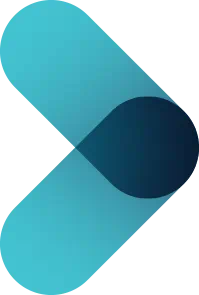
Are you interested in becoming an Arkansas Children's team member?
Click here to view our current job openings
